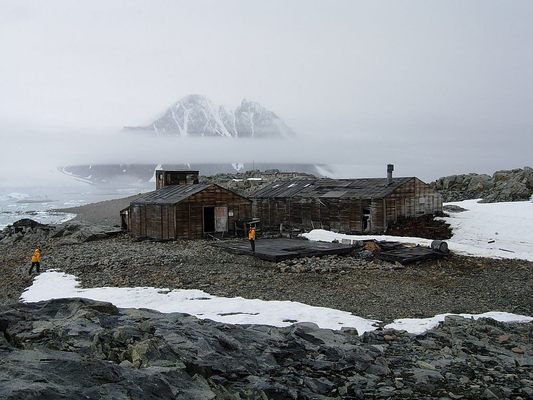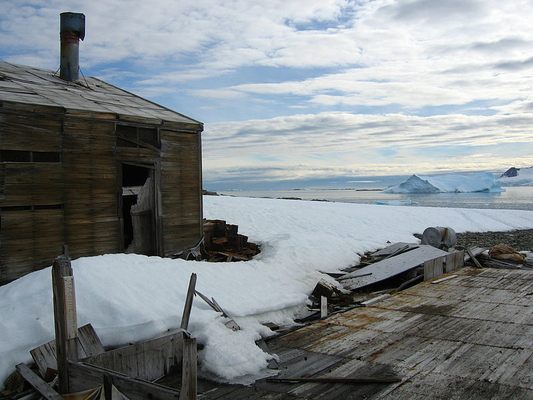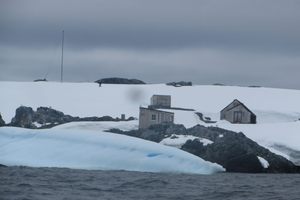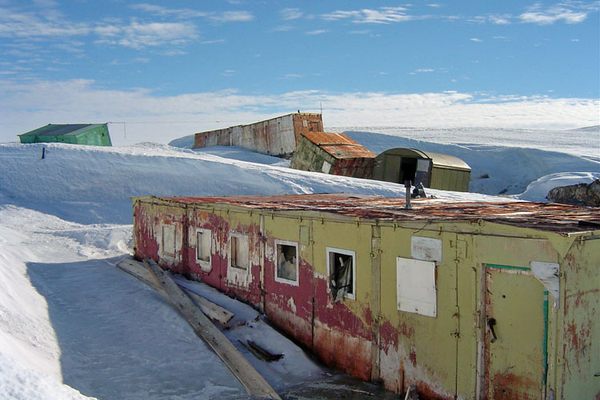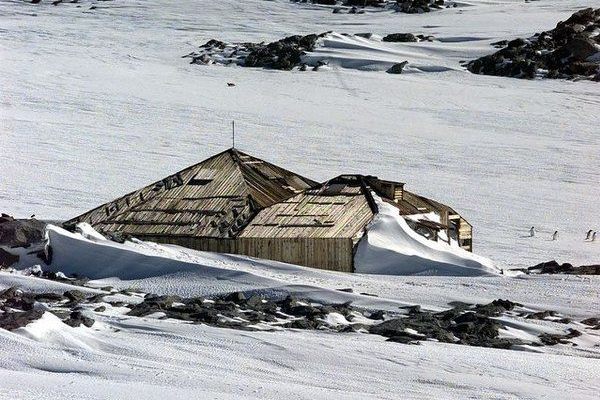About
Getting things built in Antarctica is no easy feat and getting rid of them isn't much easier, which probably explains the number of research bases that were simply abandoned on the ice. In fact, one of America's earliest outposts on the continent, East Base on Stonington Island, is still just sitting there waiting for anyone bold enough to visit.
First built in 1939 by the United States Antarctic Service, East Base was commissioned by President Franklin D. Roosevelt, along with a sister base at another location. A team of researchers wintered at the base testing just about anything they could think of including seismic readings, aurora activity, tidal patterns, and the magnetic fields. The Americans evacuated the base in 1941, leaving behind most of the equipment in the hopes that they could return at a later date and continue the work. While the government never ended up sending another group to the station, a private expedition made use of the base in 1947-48, although when they evacuated, they too simply abandoned the huts.
After the private researchers left the base was simply left to freeze, along with the hundreds of pieces of equipment that were left behind on the site, creating a perfect time capsule of the research of the time. There was another base nearby that was established by the United Kingdom (Base E) that was in use for decades longer, but the American base simply sat.
Today, the remains of the base are still there and are designated as a historic site. It's not easy to get there of course, but anyone willing to make the trip can check out the huts and see one of the rarest pieces of U.S. history.
Related Tags
Published
December 11, 2015
Sources
- http://www.urbanghostsmedia.com/2015/01/10-abandoned-research-stations-scientific-bases-antarctica/
- https://en.wikipedia.org/wiki/Stonington_Island
- http://www.ukaht.org/where-we-work/stonington
- https://en.wikipedia.org/wiki/United_States_Antarctic_Service_Expedition
- “Reclaiming a Lost Base”, Michael Parfit, National Geographic, March 1993, pages 110-126.
